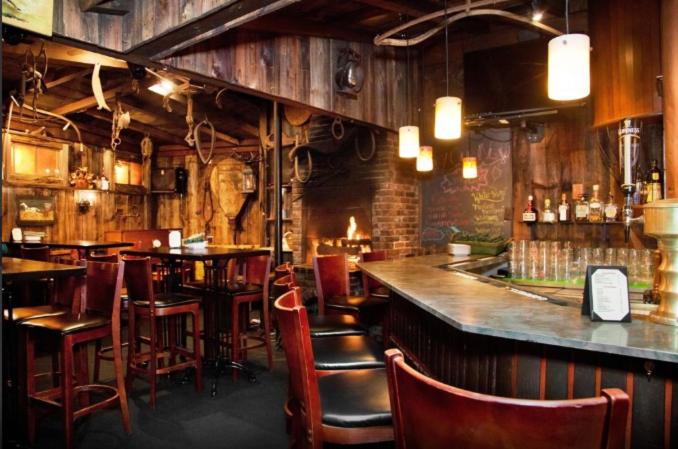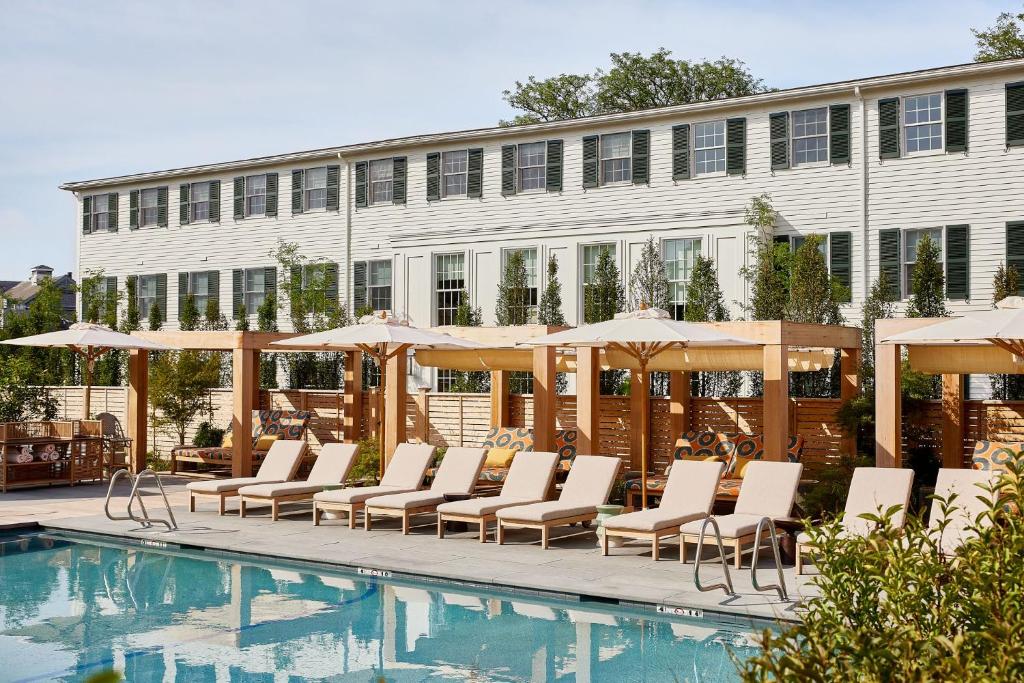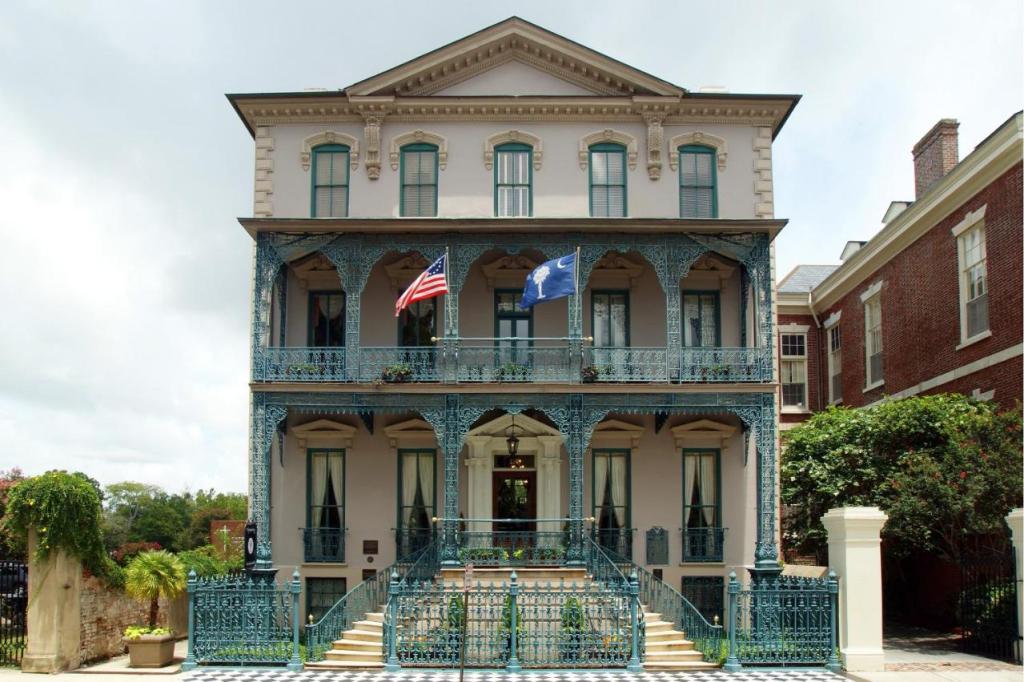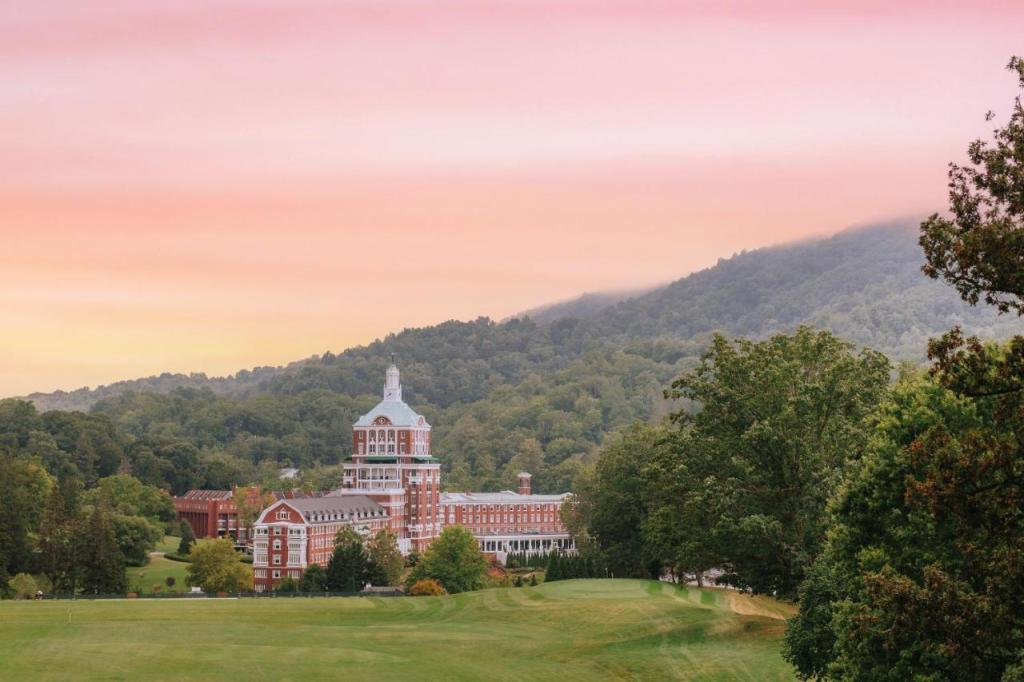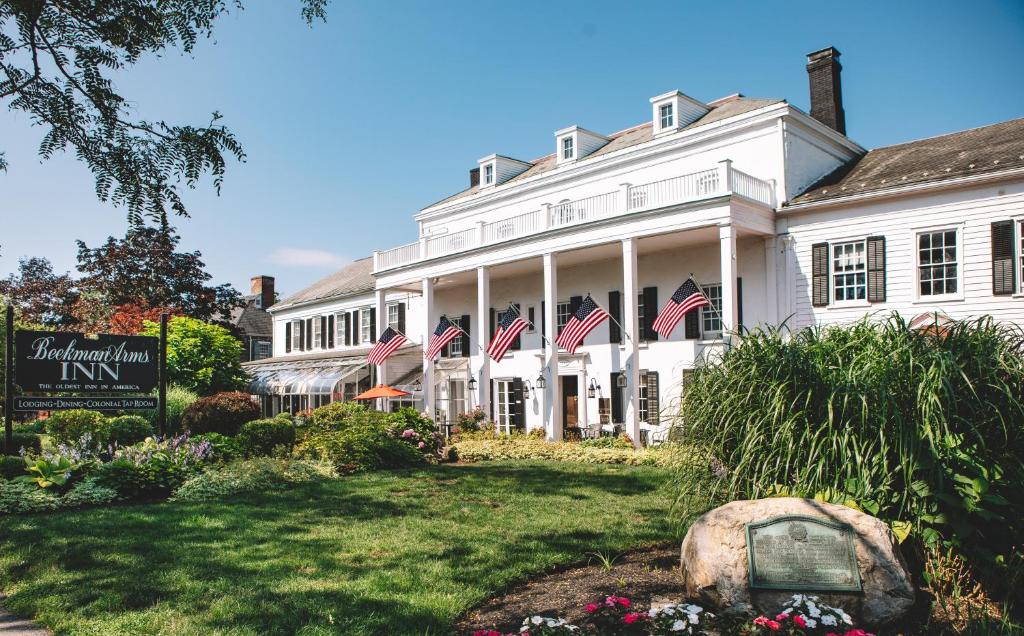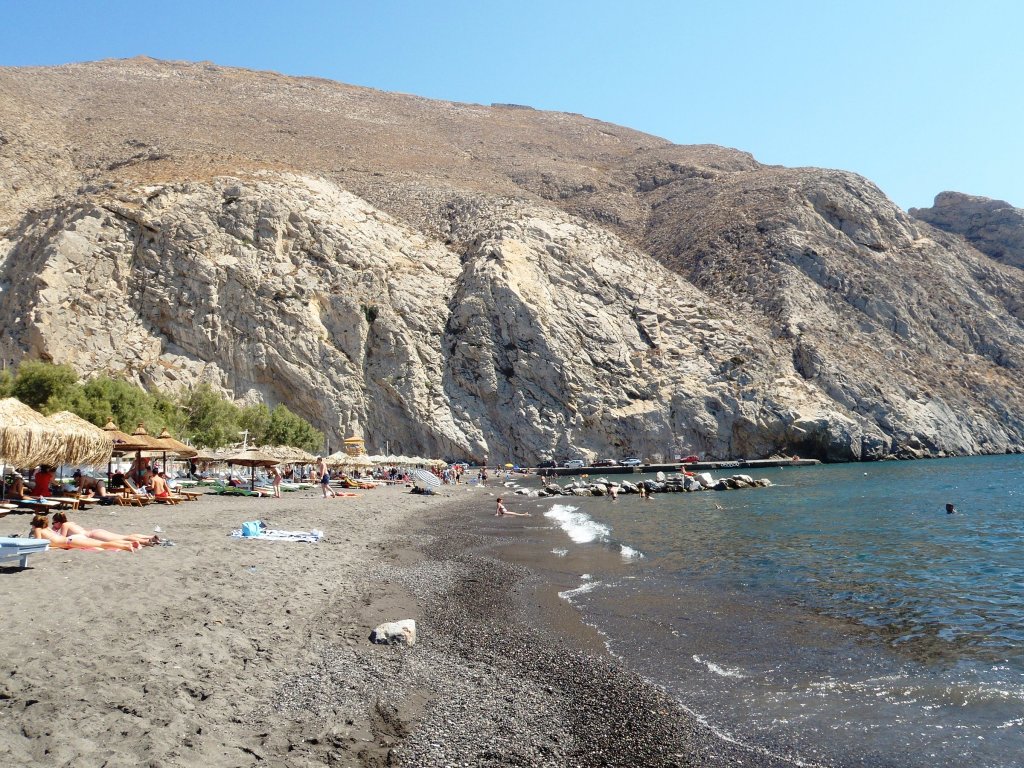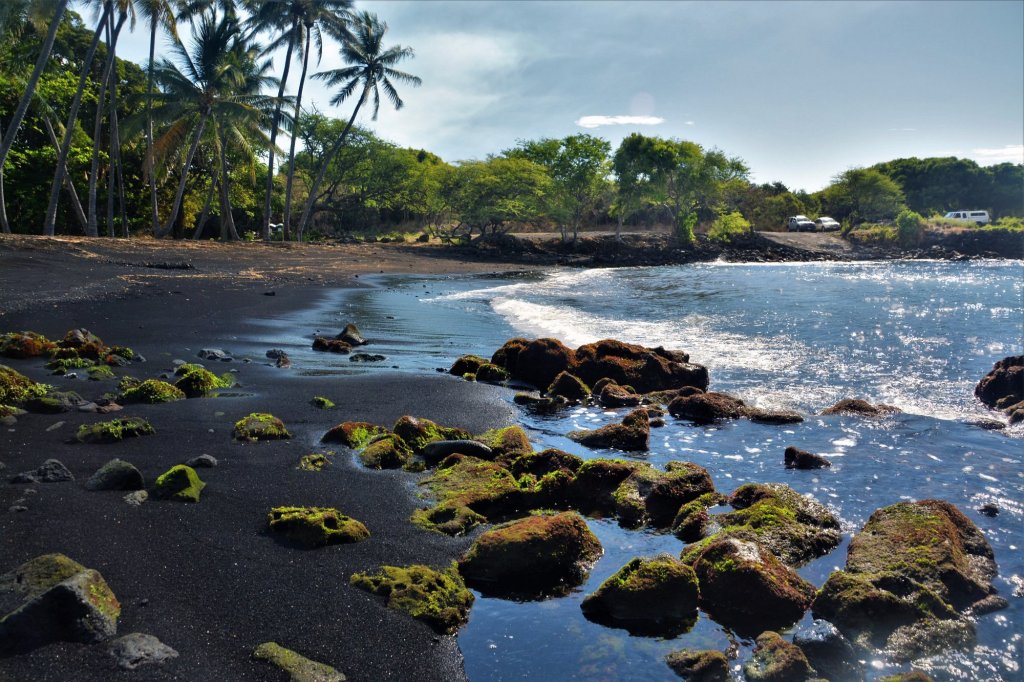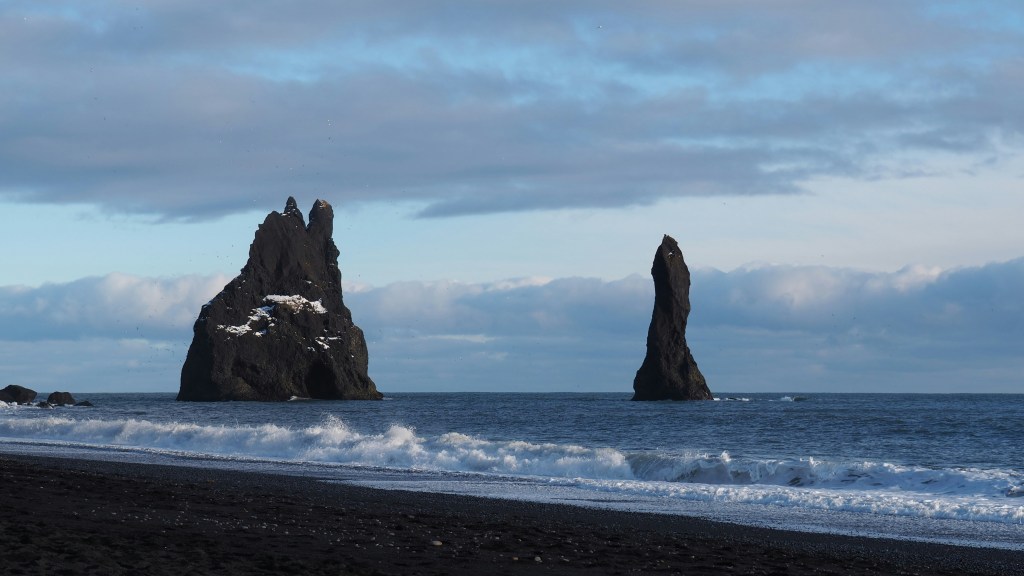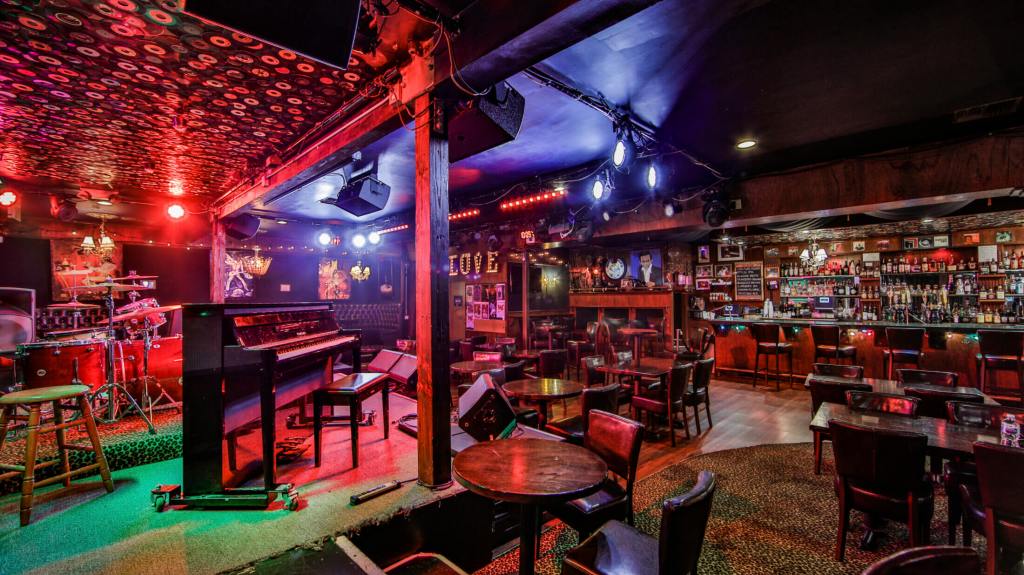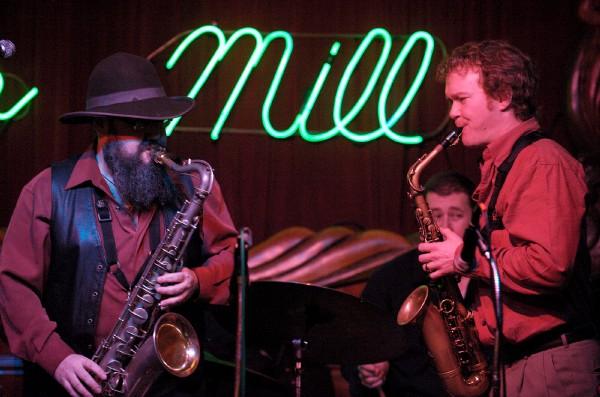In terms of sheer availability of hotels and brand reach, Marriott and Hilton are two of the most popular hotel chains in the world.
You can find their hotels in every major US city, along with dozens of affiliate brands that focus on business travel, luxury stays, budget rentals, and more. Marriott has 32 brands under its umbrella, while Hilton has 20.
Between Marriott and Hilton (plus their affiliate brands), you can find just about every amenity you’ll need for a good stay. That might mean business features, pet-friendly amenities, joint car rentals, and more.
Still, there are plenty of distinctions between these two brands and what they’re capable of providing travelers. So how do they stack up when compared side by side, especially when it comes to earning points that can be applied toward rewards?
Let’s explore Marriott vs Hilton in terms of points and rewards, business amenities, and global reach.
Global presence: Tie
As mentioned up top, both Marriott and Hotel have a worldwide presence.
You’ll find these hotels and their brands in close to 150 countries around the world. Hilton has around 7,000 properties around the globe, while Marriott has closer to 9,000.
When you sign up for a loyalty program and/or credit card with either, you’ll have direct access to hotels around the world. I don’t see a huge difference between those 2,000 locations, as many overlap in the same cities.
So if you’re on the hunt for a borderless hotel chain, there’s no major difference between Marriott vs Hilton. In other words, both Marriott and Hilton offer top-tier hotel stays around the world.
Using points: Hilton
Unfortunately, Marriott’s Bonvoy loyalty program hasn’t been pleasing too many members over the last two years. During the pandemic, Marriott decided to ax a good number of its rewards.
Worst of all, Marriott also laid out a new dynamic pricing feature for its hotels.
This dynamic pricing feature means you’ll pay more for hotel rooms when demand is higher—even as a rewards member. Hilton, on the other hand, still uses its straightforward base pricing for Hilton Honors members. No spiked prices for rewards members, in other words.
Earning rewards: Marriott
Hilton Honors comes out ahead of Marriott Bonvoy in terms of using those reward points for hotel rooms.
On the other hand, Marriott’s loyalty program makes it easier for members to earn points. That helps mitigate those dynamically priced rooms.
Members can earn Marriott points by spending on most major credit cards (including American Express and Chase), including on hotel stays, dining, car rentals, and more.
Hilton, by contrast, makes it a little bit harder to earn those points. Spending must be on co-branded credit cards, while spending on Chase cards won’t count at all.
(On a related note: if you’re open to opening a credit card with either hotel, go with Hilton. It’s got one of the best credit card rewards programs for those willing to open a new account.)
Business amenities: Tie
Both Marriott and Hilton have gone above and beyond to create business-centric programs for loyal members.
Marriott offers a bit more geared toward small business-owners. It has an eTools program that allows entrepreneurs to easily book rooms, meeting spaces, and even catering for larger events.
I’m also intrigued by Marriott’s EcoEvents program. This sustainability-minded initiative allows members to book ‘green’ meeting rooms that include recycled notepads, reusable lunch boxes, and other features. It’s not very robust, but it’s a start.
Hilton offers a similar reel of features that make it easy for entrepreneurs to book meetings and host clients. Their meeting package includes all the necessary features for a successful gathering, from flip charts to fast Wi-Fi.
